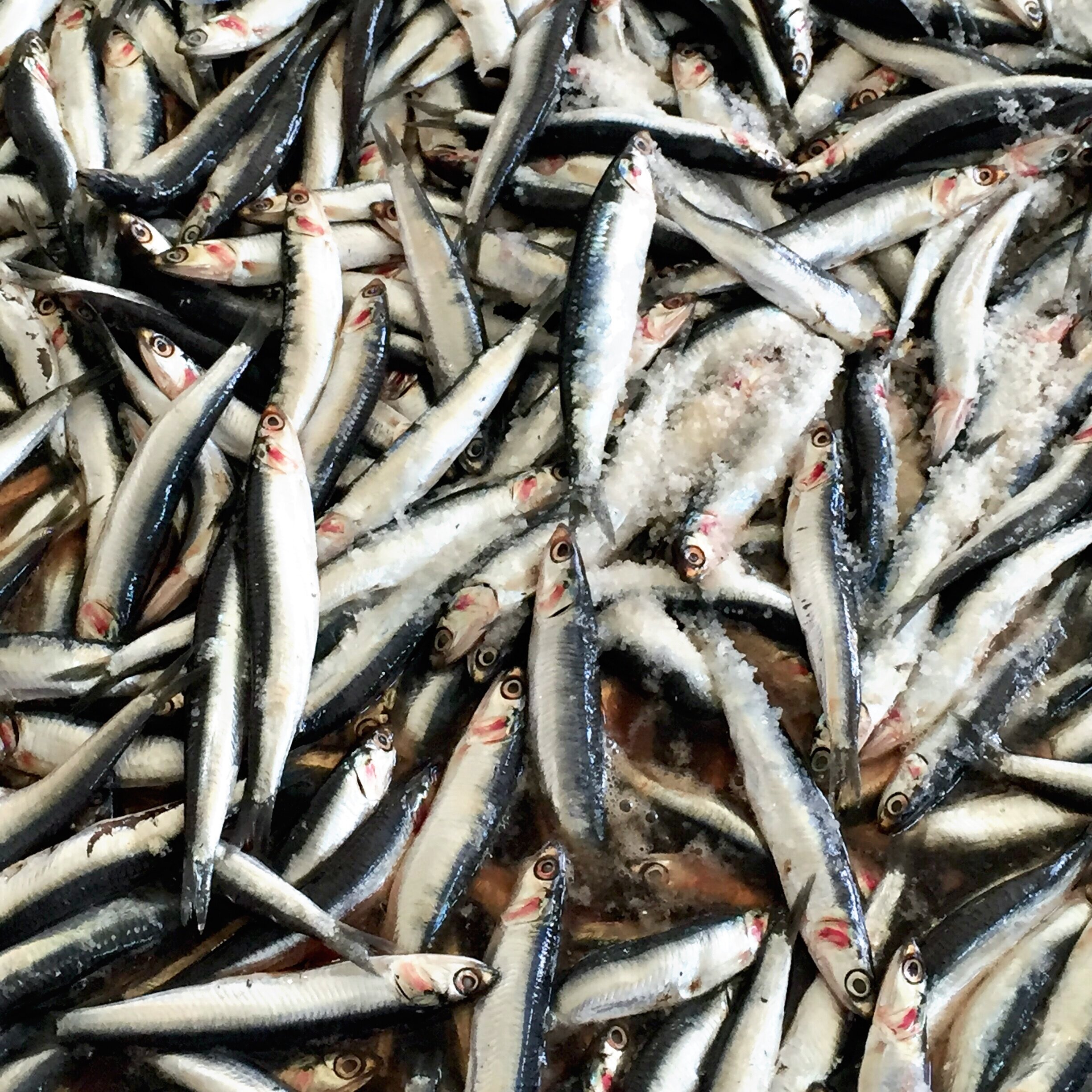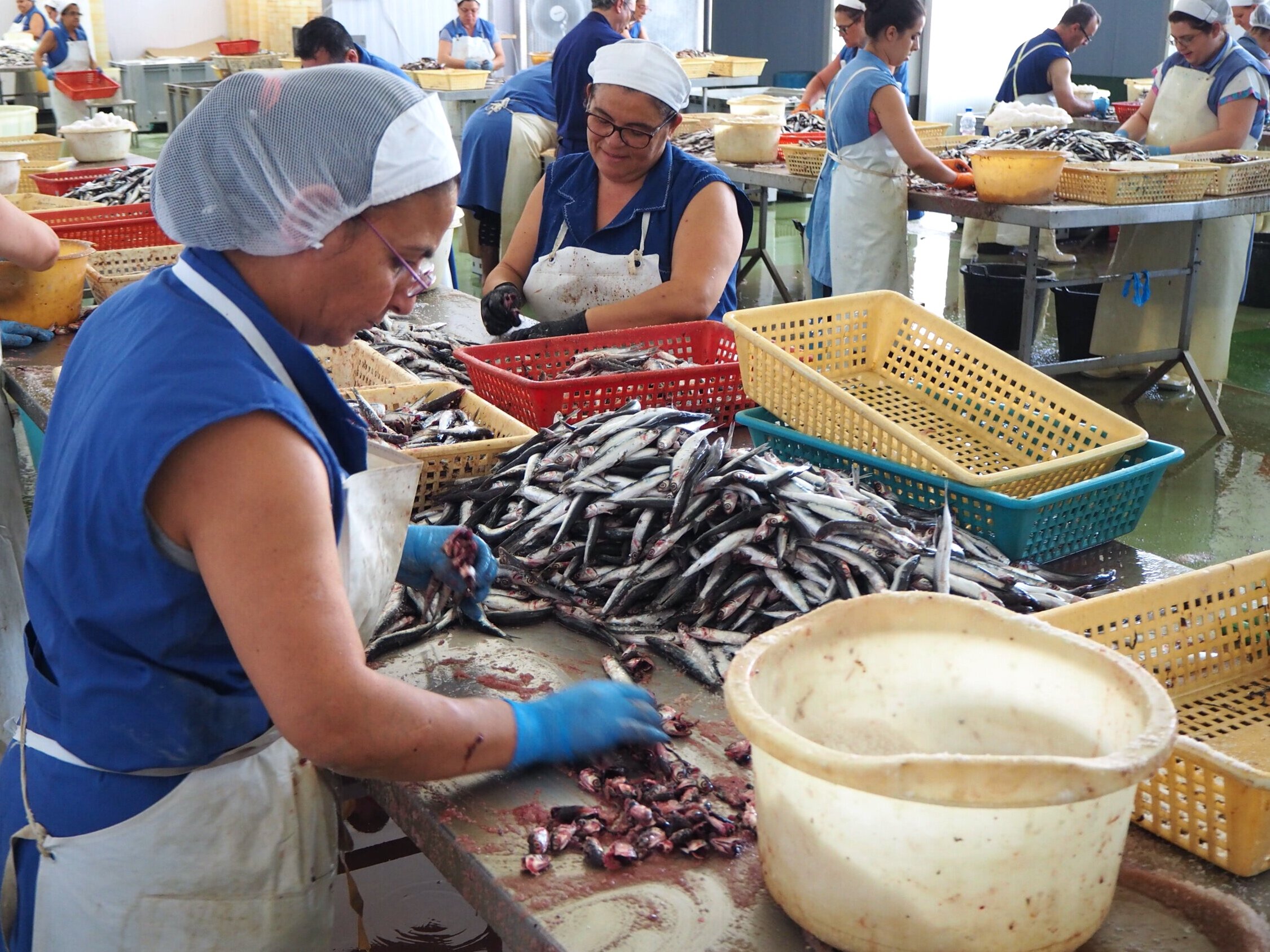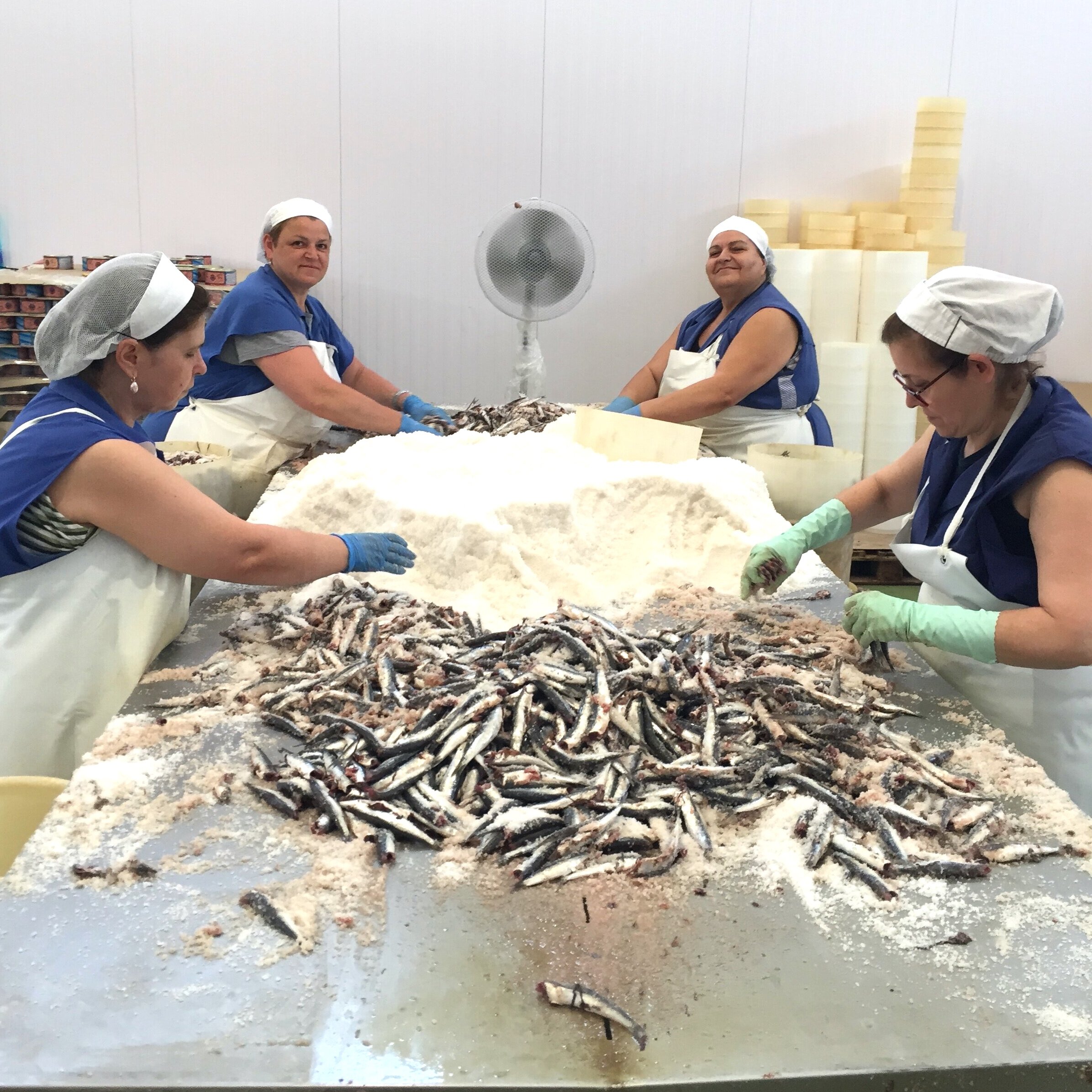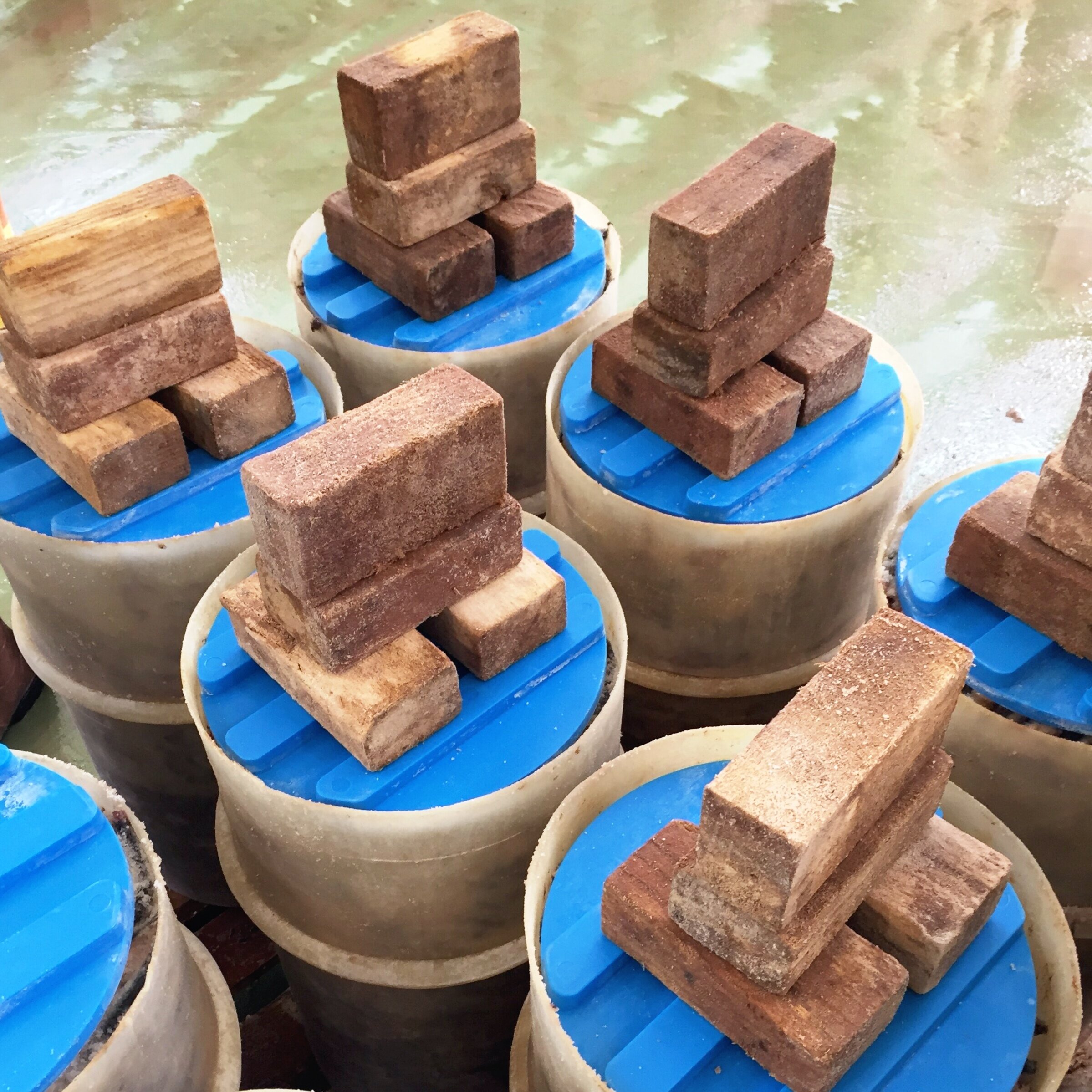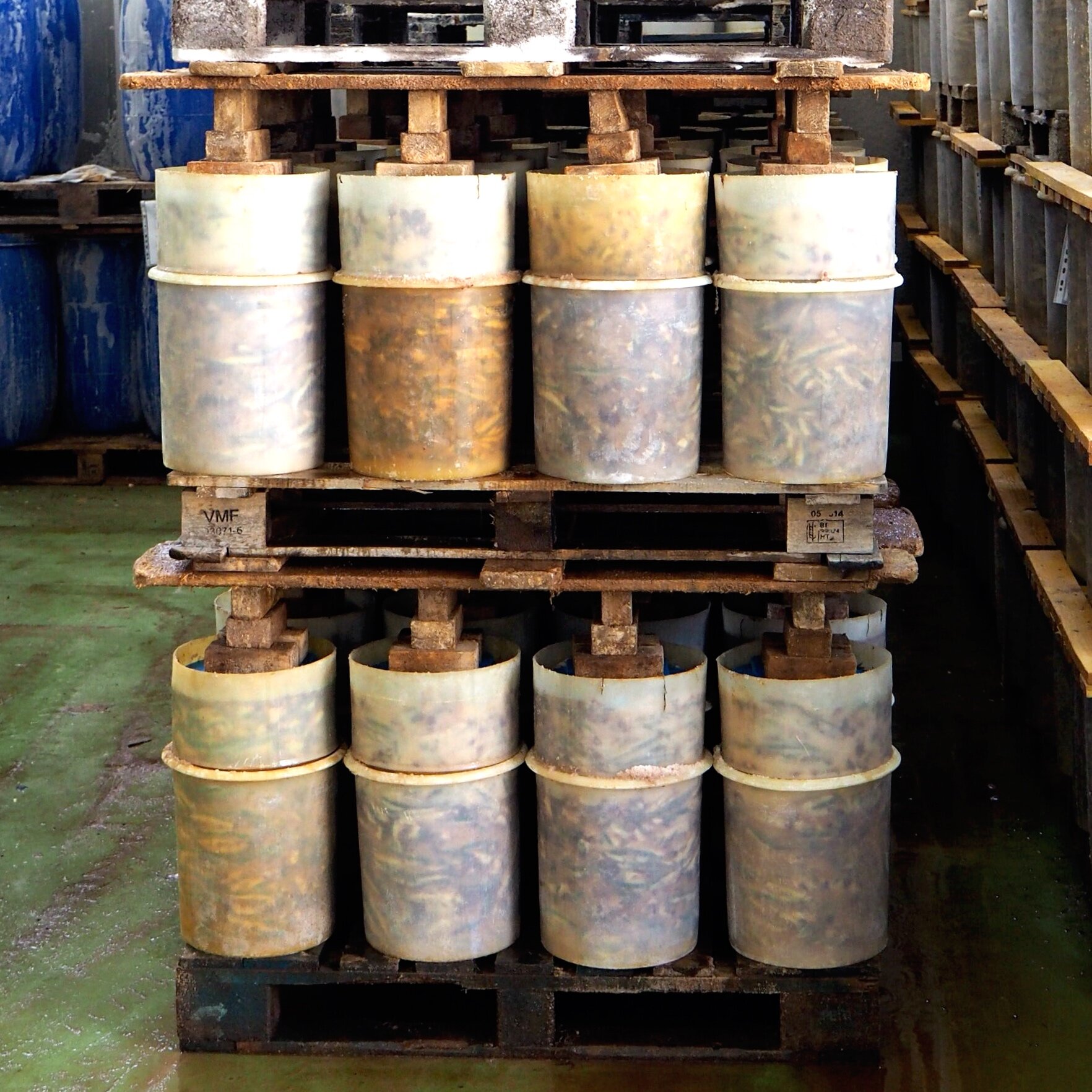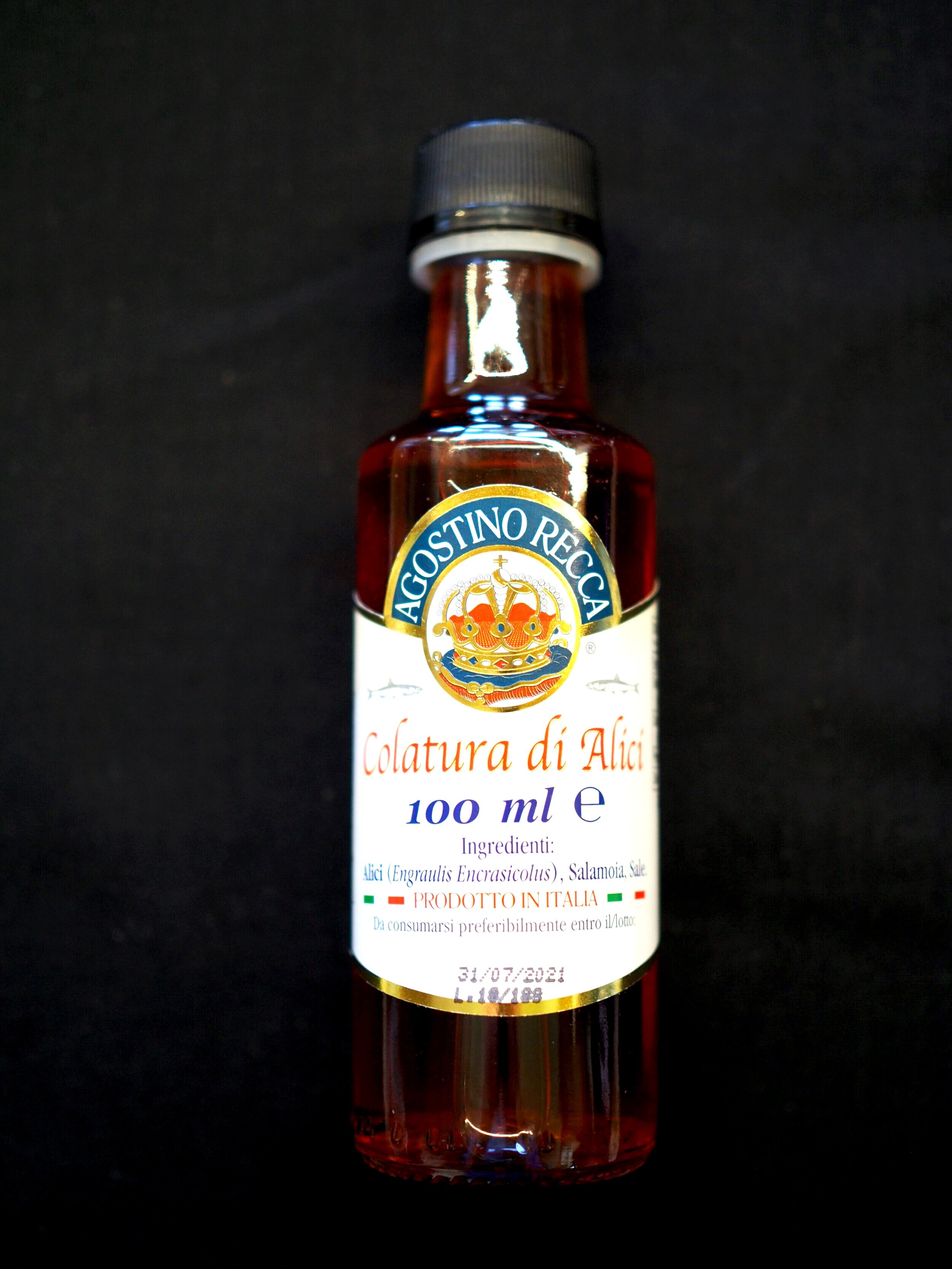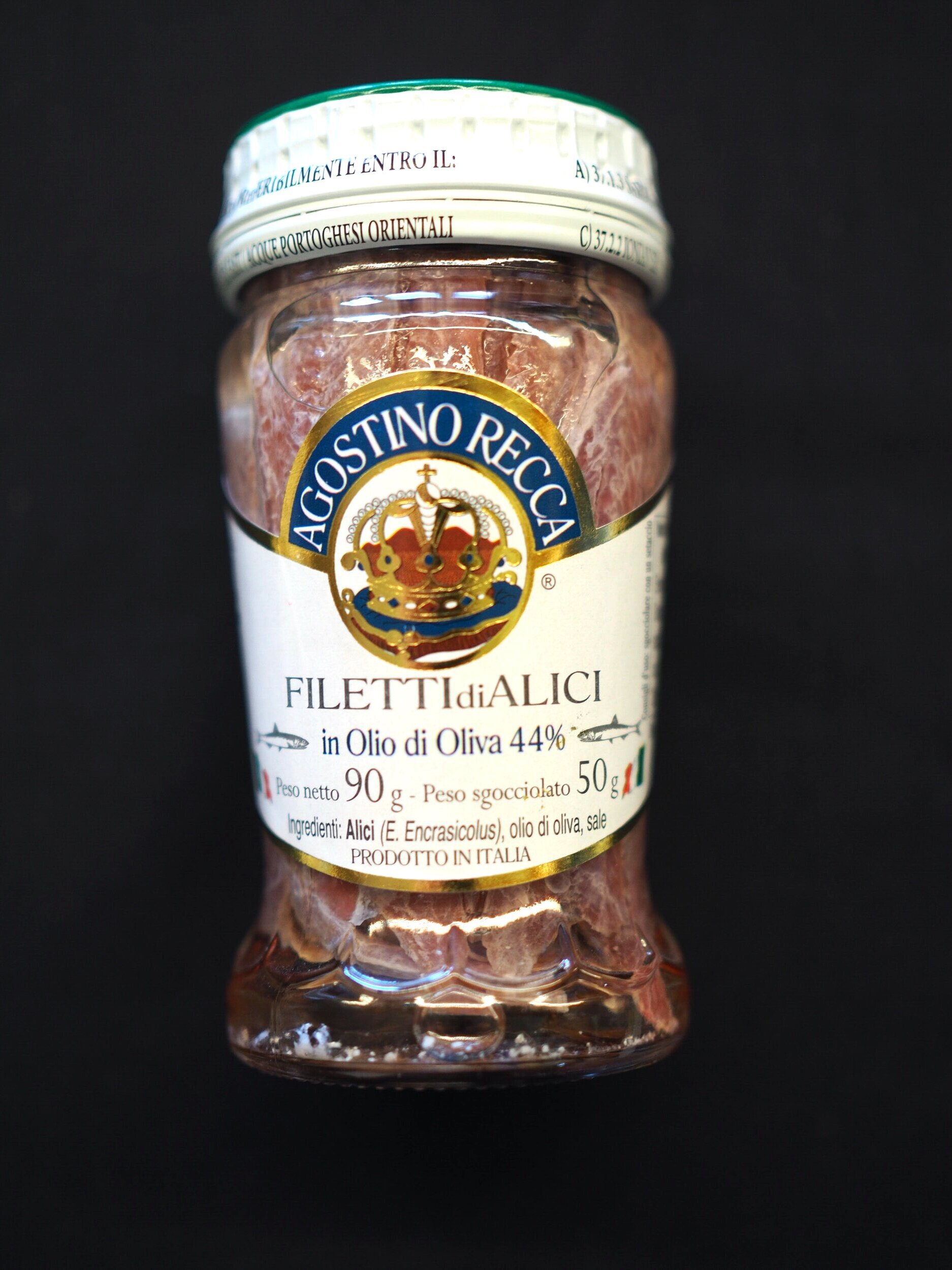Colatura di Alici

I’ve been wanting to get my hands on some colatura di alici for a while so when I found myself in Padua several years ago, I bought 3 bottles from various producers. I know, it's not from there, but I was in a store that sold everything; olive oil, balsamico, truffles, chacuts, dried porcini etc. and they carried colatura, yay! What is colatura di alici, you may ask? It’s fish sauce Italian style, made from anchovies and salt. Often described as anchovy syrup or anchovy juice, coaltura di alici is an amber colored, salty, ‘wild umami bomb’ that is used in pastas, soups, salads and wherever your culinary inspiration takes you. It’s similar to the ones you may be more familiar with: Thai nam pla or the Vietnamese fish sauce nước chấm. (FYI most Asian countries have their own version of fish sauce that I will write about soon)
I can go deep here but, instead I will try to keep it simple with a quick history of what we now know as colatura di alici. It is the heir to what was known as garum by the Romans. The Greeks were using their version, garon first, but it was the Romans who had the real passion and love for it. It was made with various types of ocean fish; mackerel, sardine, tuna and anchovy being most common, and it was instrumental in the conquest of Gaul. The Phocaean ~ Massilia (present day Foca and Marseilles) was the import export centre of the lucrative garum trade. As the Roman empire expanded, each port had their own version and guarded secret recipes. The most expensive was garum sociorum, made from mackerel in Spain. Garum was considered to be much more precious than caviar, and it fetched a pretty price during Caesar's time: a quart (950 ml) cost over US$3,000. Today, you can find it online for $15 ~$30 per 3.38 oz/100ml bottle.
Besides being used for cooking, it had other uses, for instance, garum mixed with various herbs was used for medicinal purposes: for curing migraine, sciatica, tuberculosis, open sores and it was also used as a digestive aid. There were other unique types: oleogarum was diluted with oil, oxygarum was diluted with vinegar, a Byzantine sauce called oenogarum was diluted with wine, and hydorgarum, garum diluted with water was used to fortify Roman soldiers’ diet. But the basics were the same as it is now, salt added to fish, pressed, fermented and the oozing juice bottled.
Garum was hugely popular and made all over the Roman empire. When the empire fell, garum vanished throughout the empire and across the mediterannean, but there are places in Spain and Italy where you can still find the Roman ruins of garum production. And in recent years, amphoras filled with garum have even been discovered: a shipwreck off the coast of Sicily had amphoras of garum with the manufacturer’s seal and a ‘garam shop’ in the outskirts of Pompeii. In general, Cetera, a town along the Amalfi coast is where we associate colatura di alici production today. Of the three bottles I procured, one was from Cetara, and the other two were from Cefalu and Sciacca in Sicily. It turned out that I was going to be visiting a town near Sciacca on our vacation to Sicily so I made a point to visit Agostino Recca in Sciacca. There I met with Vincenzo Recca, third generation owner and proprietor who gave me a tour of his production facility where everything is still done by hand. Agostino Recca, in fact, produces everything anchovy: canned and bottled anchovy in brine, in oil and, of course, colatura di alici. Besides anchovy related items, they also make capers in salt and in vinegar, canned tuna and bottled clams. You can find their products at Italian food supply stores here in the US including Eataly (in store and online) and even some Whole Foods.
As I mentioned earlier, you can use colatura di alici for whatever you want, go ahead and experiment. One representative dish is pasta using only garlic, olive oil, chili and colatura di alici. Like many pasta dishes, it is super simple. The proportions really depends on your ingredients. And the sauce you use will vary in saltiness depending on the brand. I will give you guidelines but not a specific recipe, please remember that you can always add more as you go, so start with less. Pasquale Torrente is a celebrated chef from Cetera and his recipe calls for a teaspoon of colatura di alici to a pound of pasta. Another recipe calls for 4 tablespoons of colatura di alici. For my palette and using Agostino Recca’s colatura, I would probably use around 1 ~ 3 tablespoons of it, and yes, the two bottles you see (colatura di alici and anchovy filets) was a gift. Here’s a starting point for you to try:
Spaghetti con la Colatura di Alici (serves 4~6)
1 lb of pasta (spaghetti or linguine)
2 garlic cloves
3-5 tablespoons of good olive oil
½ cup or more of pasta water
½ teaspoon of red pepper flakes
some chopped parsley
This is a no cook sauce and it’s easy; in a large bowl mix the colatura with minced garlic, olive oil, chili and a little bit of the pasta water. Mix well to incorporate, toss the pasta and add more pasta water if necessary. Taste and adjust with more colatura di alici and/or olive oil, if necessary, and add the parsley and serve.
I hope you enjoy this delicate and “umamilicious” dish. Wait, did I just invent a new word?


